
The Honorable Shyne
The Honorable Shyne may not exactly convince us of Shyne’s musical importance, but it unfurls his improbable story with aplomb.

The Honorable Shyne may not exactly convince us of Shyne’s musical importance, but it unfurls his improbable story with aplomb.

A Tale of Two Dirtys strains to show us that the much-missed Wu-Tang star was a compelling artist, not a holy fool.

Kings from Queens: The Run DMC Story gives testimony about a history that most fans of a certain age will know by heart.
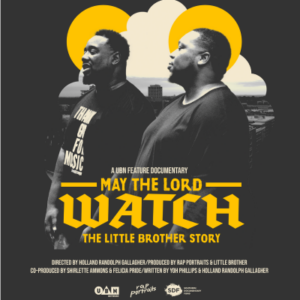
May the Lord Watch: The Little Brother Story substitutes lengthy, single-camera interviews for a compelling, dynamic film.
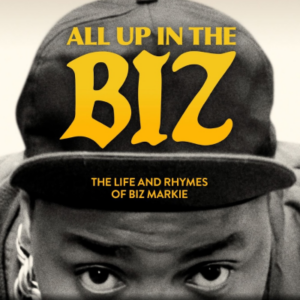
All Up in the Biz pays tribute to Biz Markie, whose tragically young demise remains fresh among the hip-hop community.
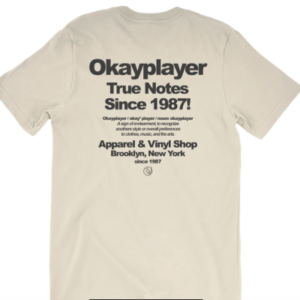
The intrigue surrounding Okayplayer’s future comes amid a dearth of sites that cover hip-hop with journalistic integrity.
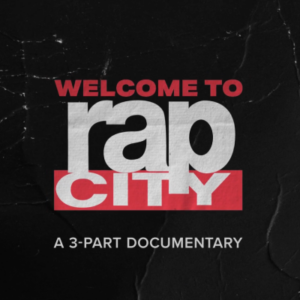
Welcome to Rap City explores the history of the much-missed video program with not enough vintage clips and too many talking heads.

More than just a doc of an indestructible pop act, Wham! offers an instructive look at how early rap penetrated the mainstream.
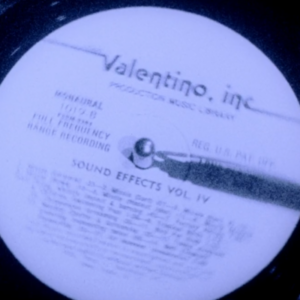
Few seem to know that one of the key brands in the 1992 film Juice is Valentino, Inc, a now-defunct library music company.
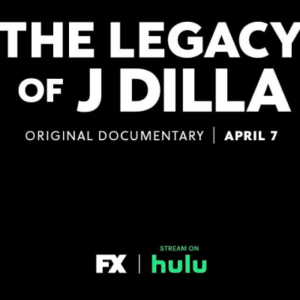
The Legacy of J Dilla covers oft-trod ground, but there’s a poignancy in watching friends and family memorialize a lionized producer.
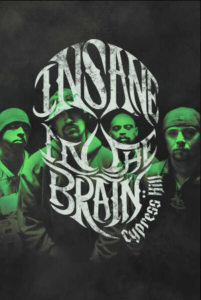
In this Showtime documentary, Estevan Oriel struggles to encompass the complexity of a highly unique West Coast group.

A cheat sheet to my extended discussion about indie rap with Peter Agoston for his podcast, The House List.